13 May 2024
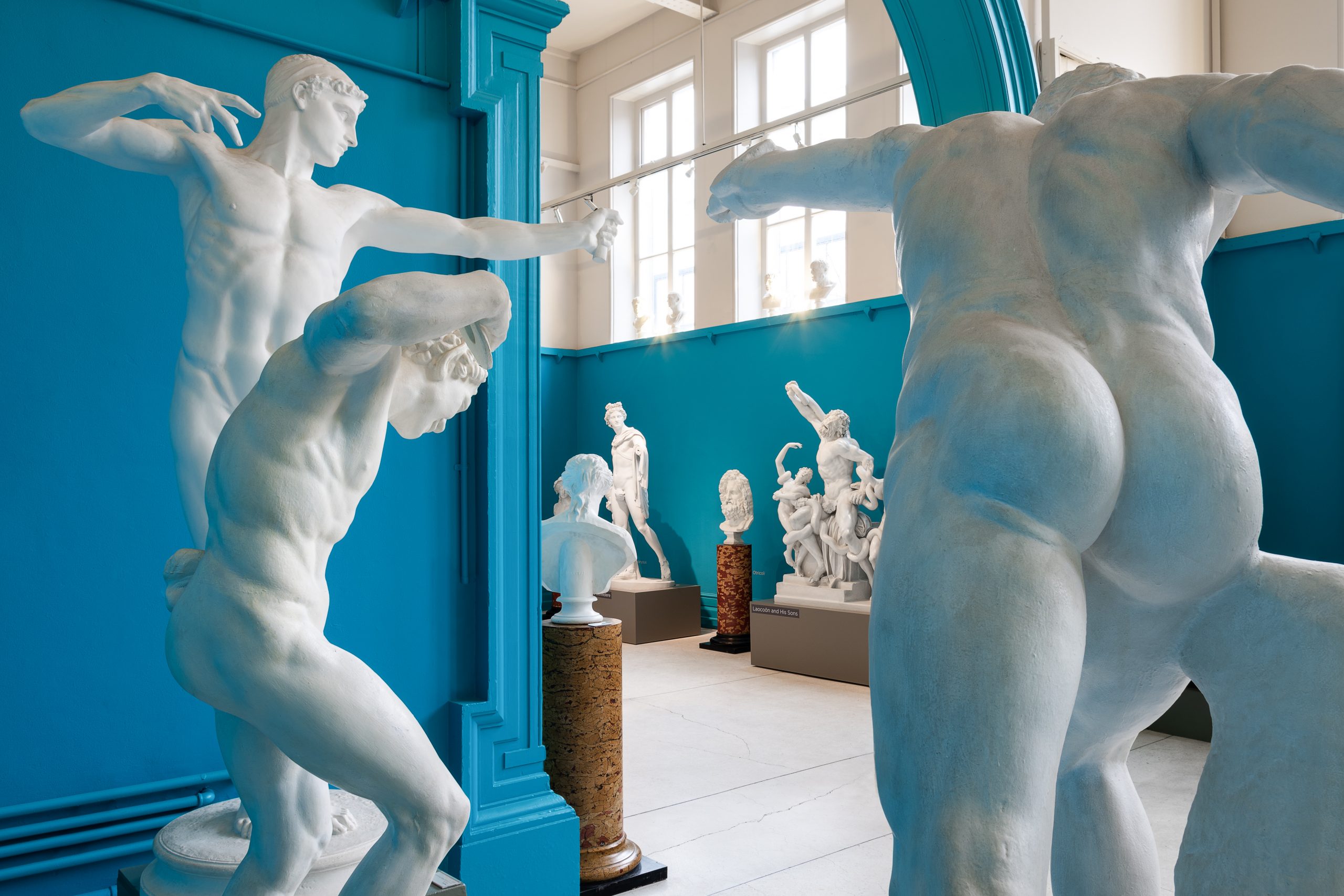
In this new 8-part series, we explore the stories of our Sculpture Galleries and uncover curious things that usually only curators get to see! Discover sculptors’ secrets and makers’ marks, focus on flashlines and fig leaves, and seek missing arms – and even extra feet – as Abbey Ellis traces the tales of our cast collection.
In part five of SCULPTURE SECRETS, we take a closer look at a few unique features of our cast collection that mark these historic works out not just as reproductions but as individual objects in their own right.
In the first part of the series – Secrets of the Sculptor’s Workshop – we revealed that the plaster casts in our Sculpture Galleries were not made in one piece. In fact, multiple moulds were used to cast the various body parts, which were then fitted together like a 3D puzzle.
These jigsaw-like moulds leave their mark on the finished sculptures in the form of flashlines. Just like the seams on your clothing, these flashlines indicate where the mould pieces joined together during the casting process.
Sometimes the moulds did not sit exactly flush, however, and a small dribble of plaster seeped through the crack. This produced a raised line on the surface of the finished piece. Can you spot the flashlines on the surface of the arm of The Fighting Gladiator in the photo below?
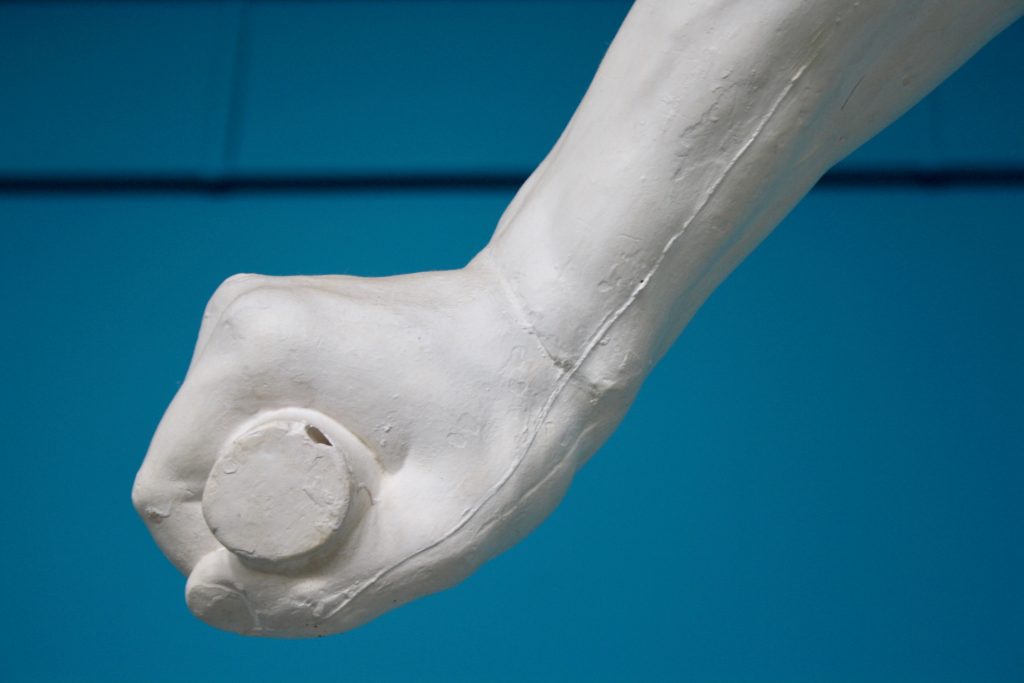
Flashlines could be chiselled away by the cast maker once they extracted the work from the mould. However, a close look at several of the casts on display in our Sculpture Galleries shows that many cast makers chose not to remove these lines.
Why was this the case? In part two of the series – Another Side to Socrates – we learned that cast making was a very skilled process, taking four years of dedicated training to master. As a consequence, many patrons who commissioned casts preferred to have the flashlines left intact as a testament to the hard work and skill of the cast maker.
As if looking at his mysterious flashlines wasn’t enough, The Fighting Gladiator has more secrets to share. A quick peek at his posterior reveals another side to his history. Can you notice the drips and dribbles of paint on his buttocks in the photo below?
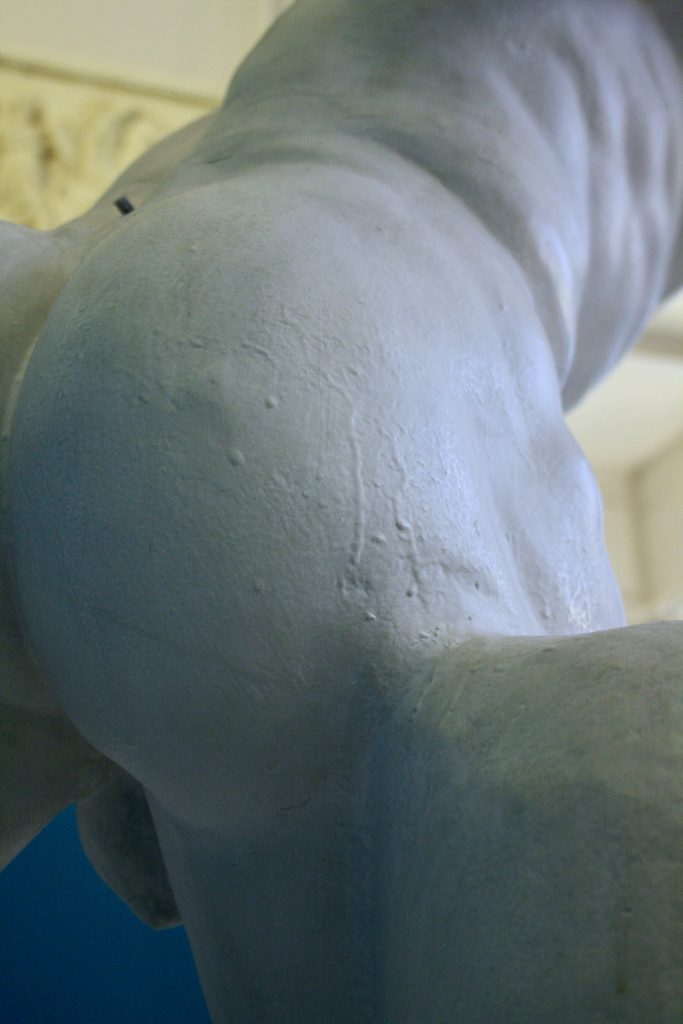
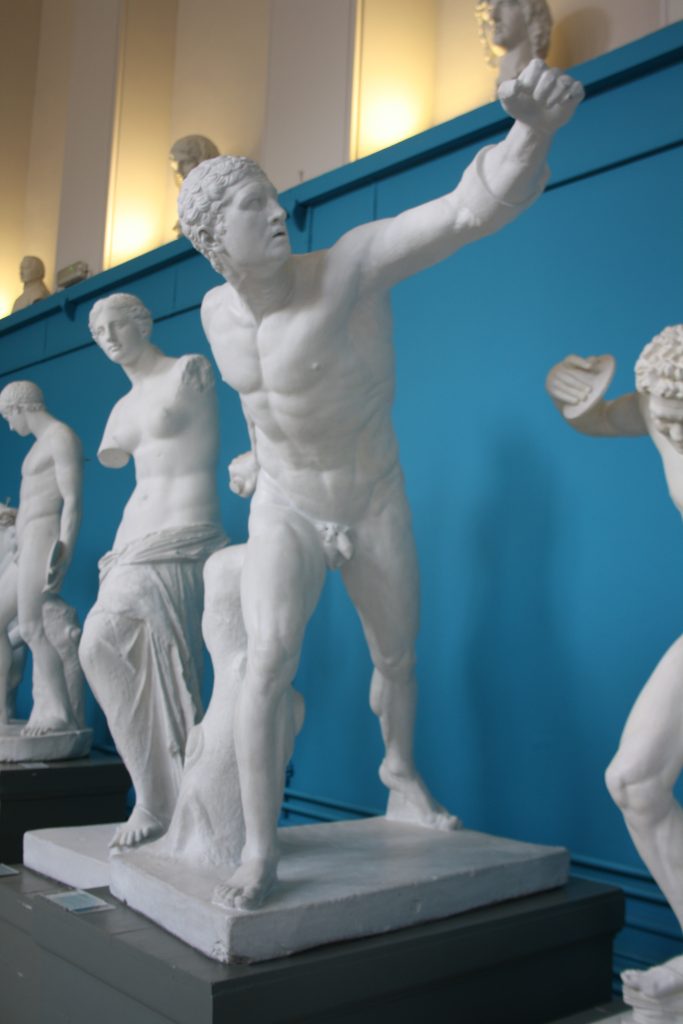
These remnants of paint attest to the touch-ups that our casts have undergone over their history to maintain their brilliant white colour. Some of the conservation work has been more skilful than others; the more visible signs of painting is thought to date to a time when the casts were valued to a lesser extent than they are now.
Since 2017, most of our casts have undergone expert conservation, but some of these drips and dribbles have been retained as they remain part of the unique story of our cast collection. To see this conservation in action, check out our previous entry in the series – Mary Beard Reveals All – which focused on last year's The Fig Reveal.
Virtual fun in the Sculpture Galleries doesn’t stop here! Each post in this series will be accompanied by an activity sheet especially tailored for a younger audience. In this instalment, we invite our artistic explorers to imagine our cast of The Fighting Gladiator in amazing technicolour…
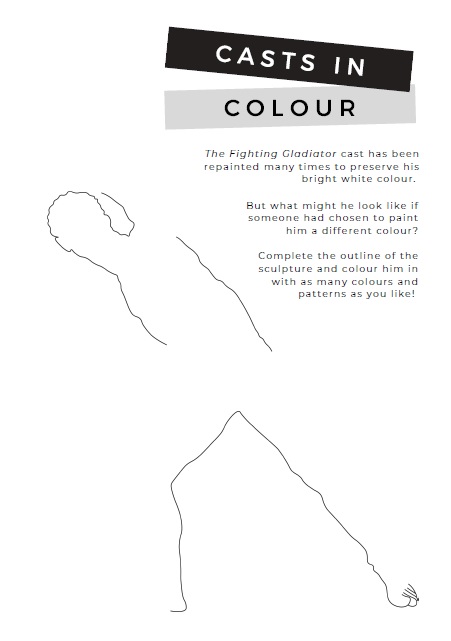
Abbey Ellis is a PhD researcher at the University of Leicester and Ashmolean Museum, Oxford on an AHRC CDP placement at Crawford Art Gallery. Her research focuses on archaeological plaster casts, sculptural materials and making, and authenticity.
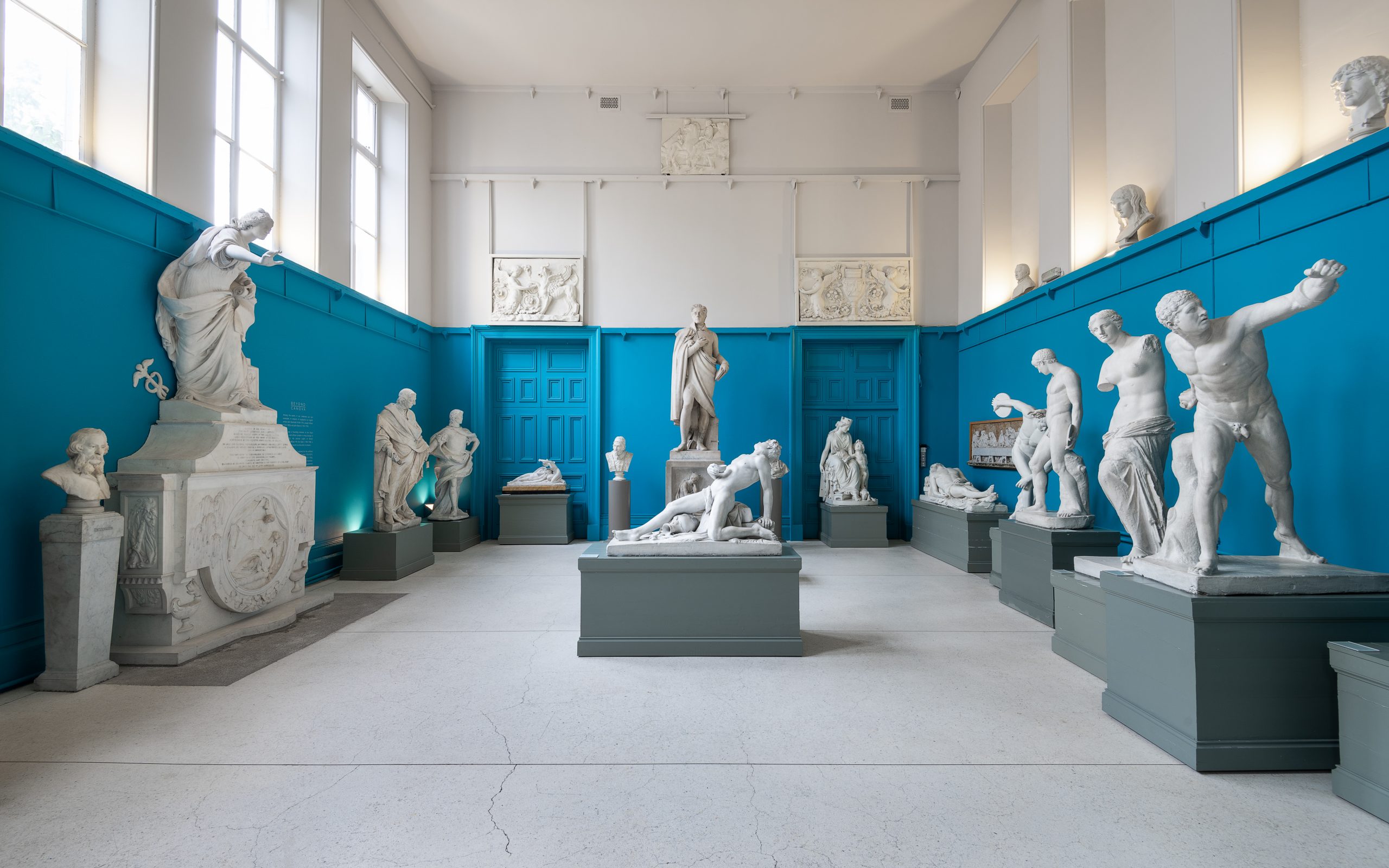
In this new 8-part series, we explore the stories of our Sculpture Galleries and uncover curious things that usually only curators get to see! Discover sculptors’ secrets and makers’ marks, focus on flashlines and fig leaves, and seek missing arms – and even extra feet – as Abbey Ellis traces the tales of our cast […]
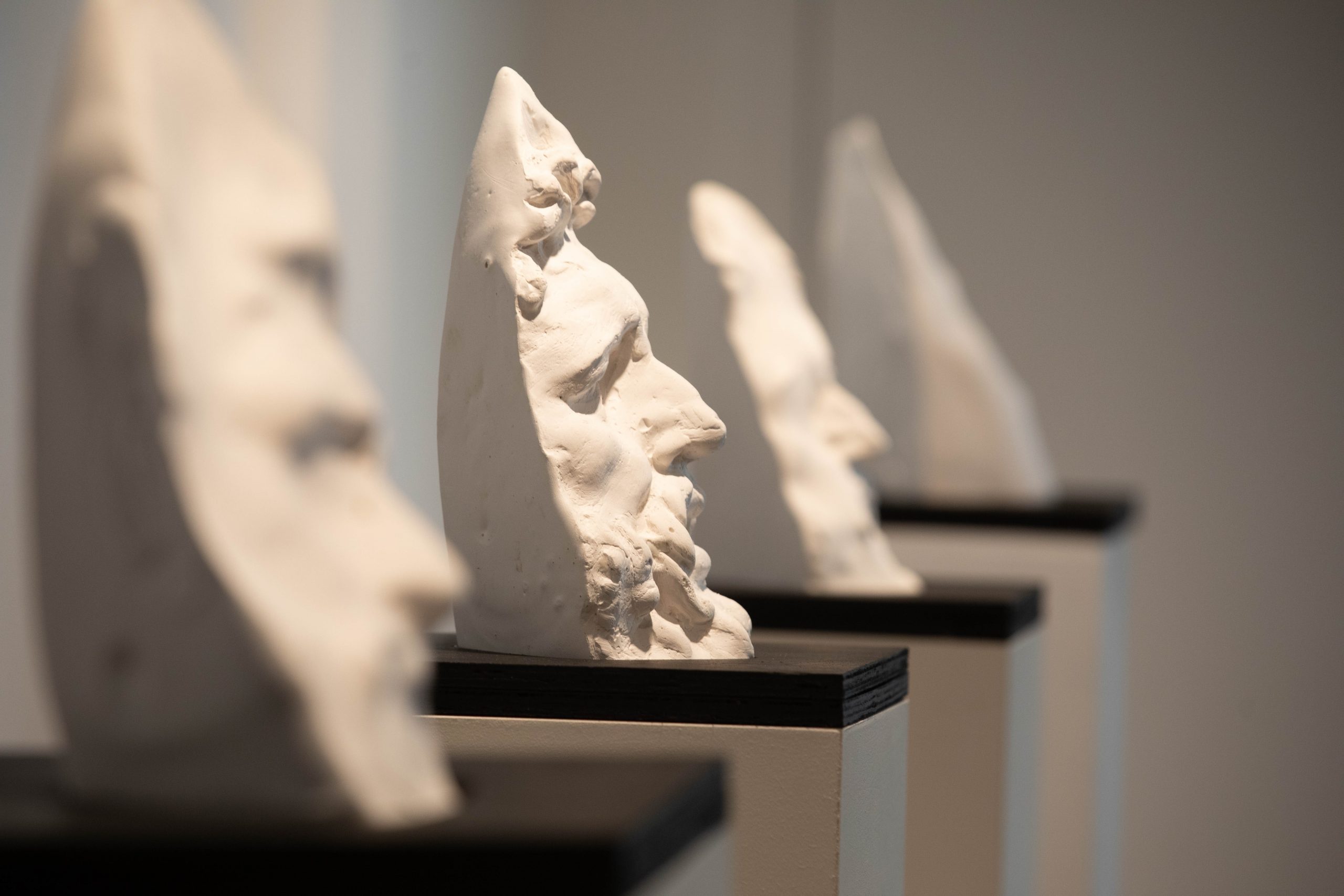
In this new 8-part series, we explore the stories of our Sculpture Galleries and uncover curious things that usually only curators get to see! Discover sculptors’ secrets and makers’ marks, focus on flashlines and fig leaves, and seek missing arms – and even extra feet – as Abbey Ellis traces the tales of our cast […]
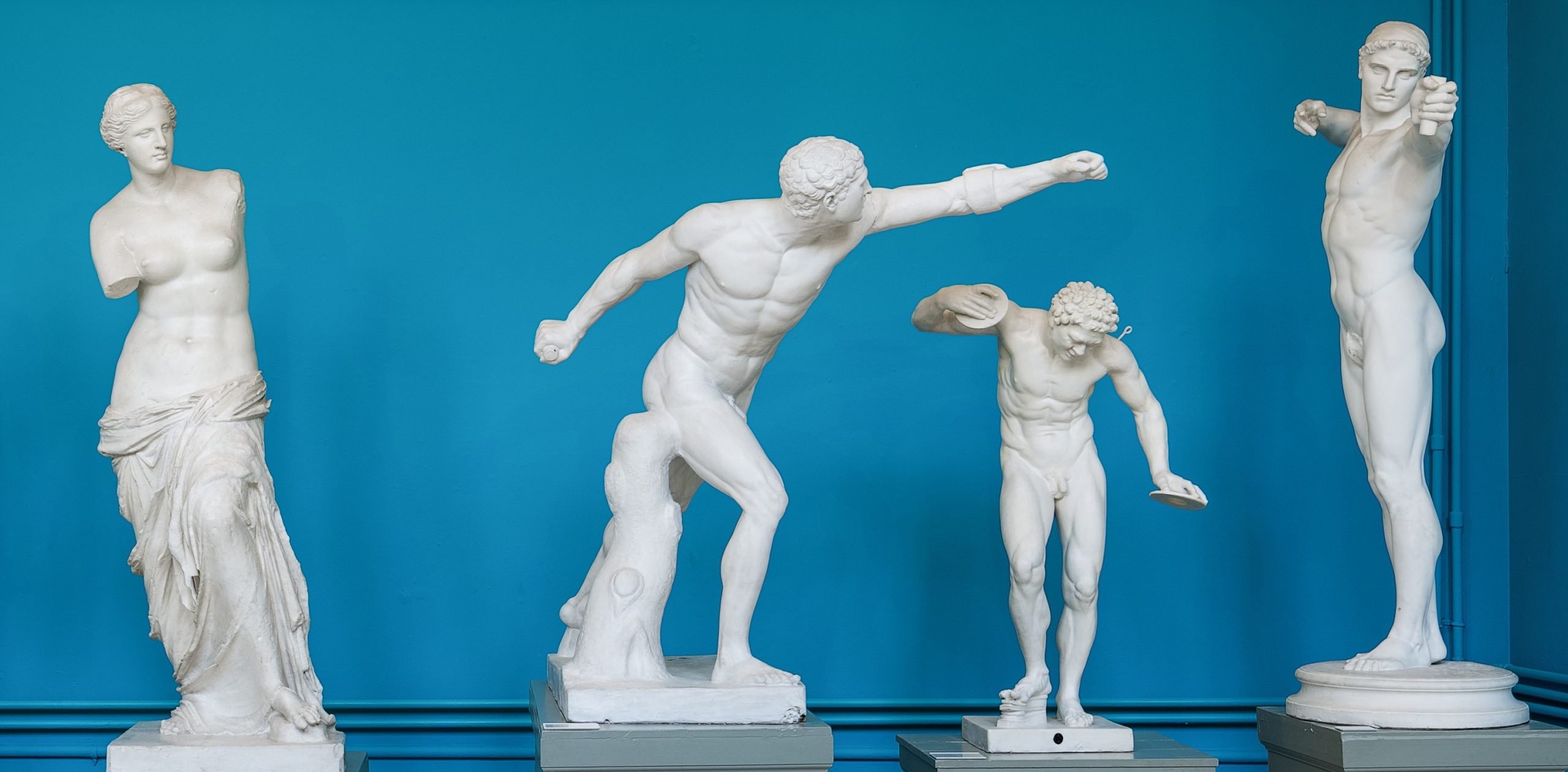
In this new 8-part series, we explore the stories of our Sculpture Galleries and uncover curious things that usually only curators get to see! Discover sculptors’ secrets and makers’ marks, focus on flashlines and fig leaves, and seek missing arms – and even extra feet – as Abbey Ellis traces the tales of our cast […]

In this new 8-part series, we explore the stories of our Sculpture Galleries and uncover curious things that usually only curators get to see! Discover sculptors’ secrets and makers’ marks, focus on flashlines and fig leaves, and seek missing arms – and even extra feet – as Abbey Ellis traces the tales of our cast […]
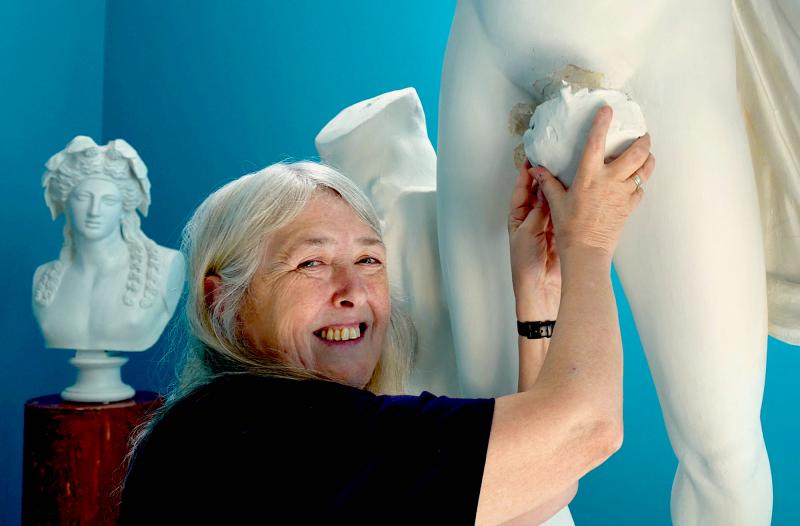
In this new 8-part series, we explore the stories of our Sculpture Galleries and uncover curious things that usually only curators get to see! Discover sculptors’ secrets and makers’ marks, focus on flashlines and fig leaves, and seek missing arms – and even extra feet – as Abbey Ellis traces the tales of our cast […]
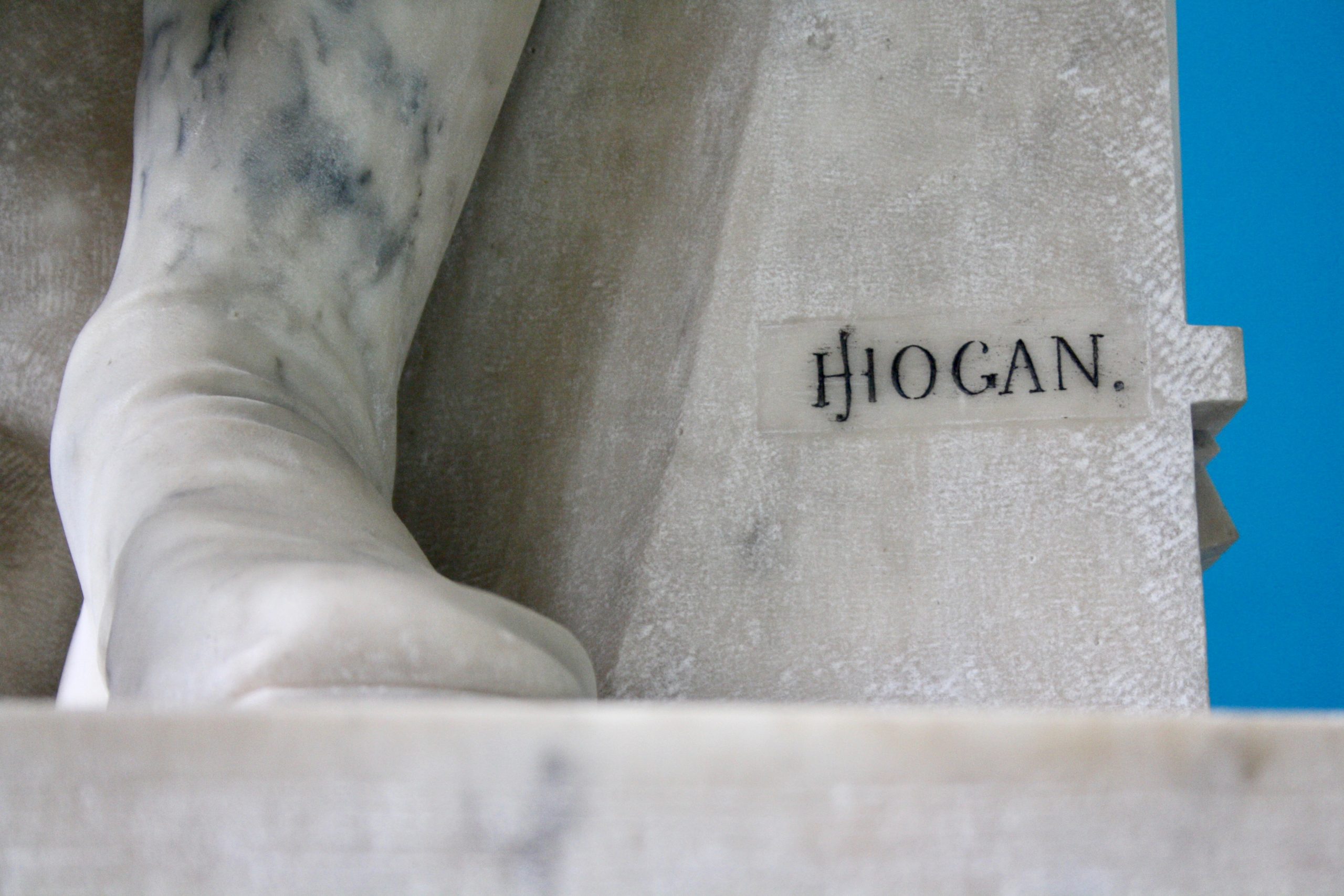
In this new 8-part series, we explore the stories of our Sculpture Galleries and uncover curious things that usually only curators get to see! Discover sculptors’ secrets and makers’ marks, focus on flashlines and fig leaves, and seek missing arms – and even extra feet – as Abbey Ellis traces the tales of our cast […]
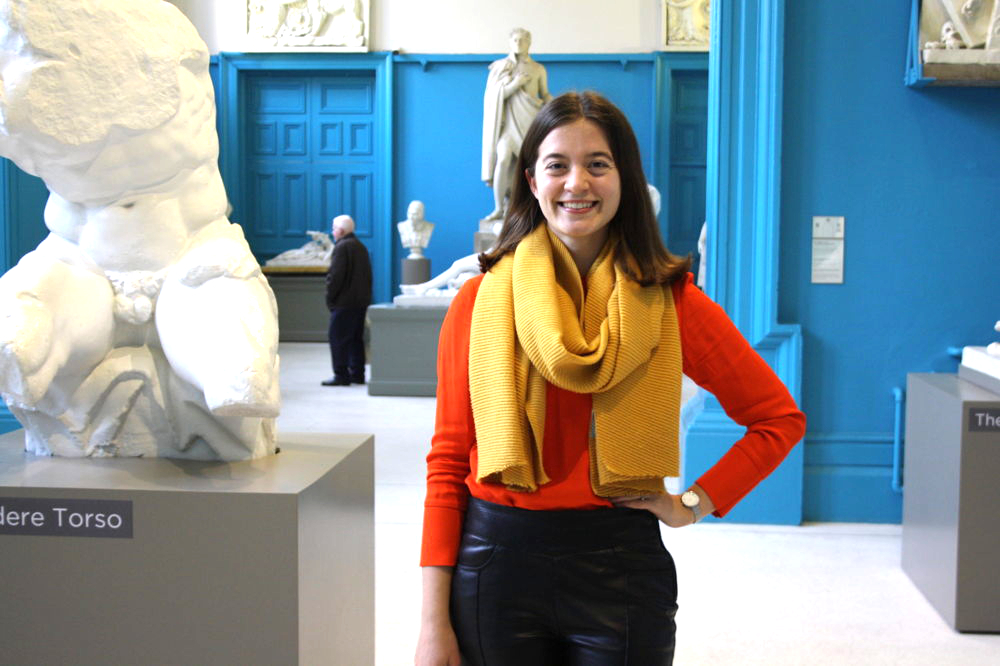
In this new 8-part series, we explore the stories of our Sculpture Galleries and uncover curious things that usually only curators get to see! Discover sculptors’ secrets and makers’ marks, focus on flashlines and fig leaves, and seek missing arms – and even extra feet – as Abbey Ellis traces the tales of our cast […]
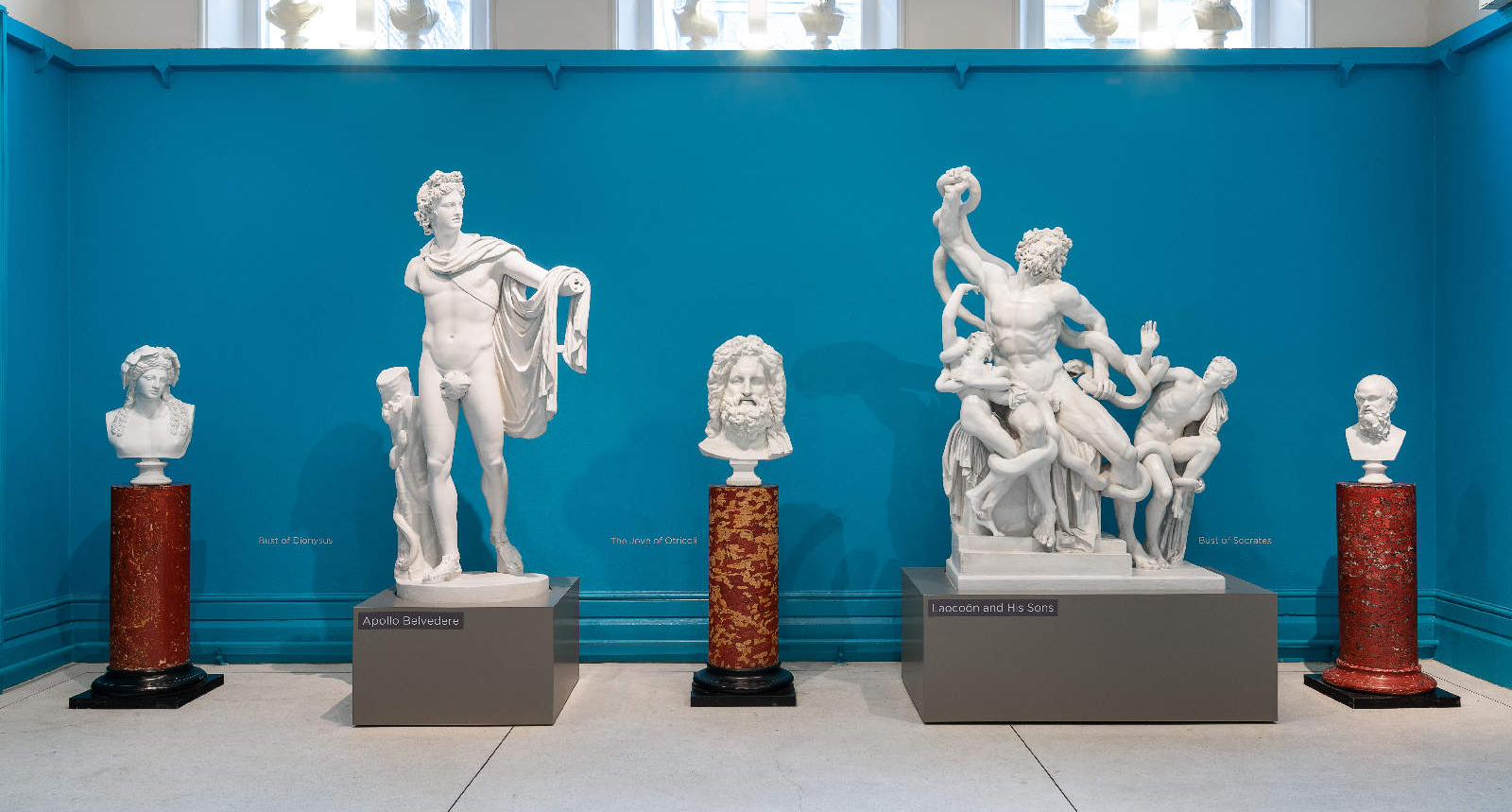
In this new 8-part series, we explore the stories of our Sculpture Galleries and uncover curious things that usually only curators get to see! Discover sculptors’ secrets and makers’ marks, focus on flashlines and fig leaves, and seek missing arms – and even extra feet – as Abbey Ellis traces the tales of our cast […]
Emmett Place, Cork, Ireland
T12 TNE6
Tel: 021 480 5042
info@crawfordartgallery.ie
Opening Hours
N.B. Last entry is 15 minutes before closing
Monday–Saturday 10.00am–5.00pm*
Thursday until 8.00pm
Sundays and Bank Holidays
11.00 am–4.00pm
© 2024 www.crawfordartgallery.ie